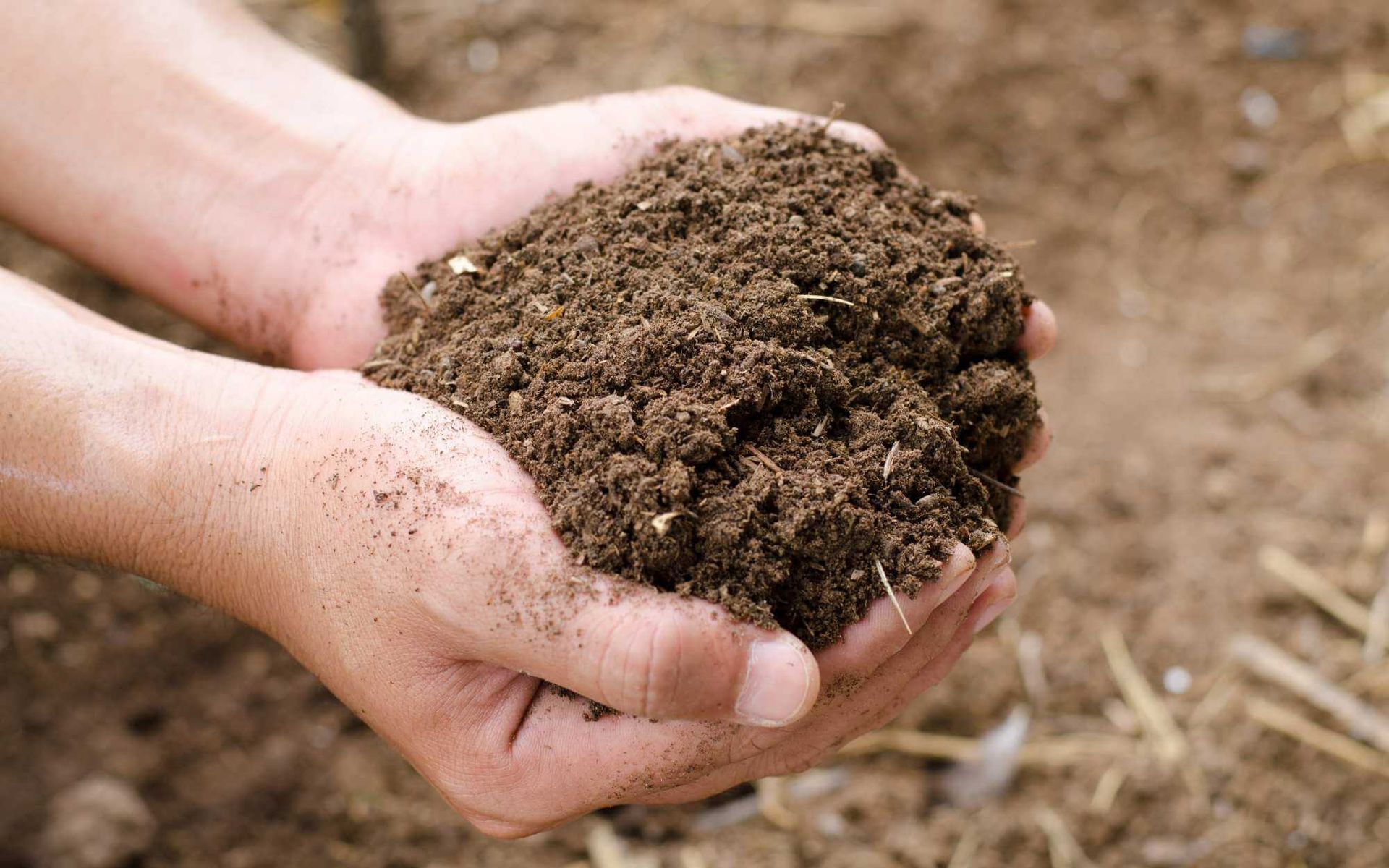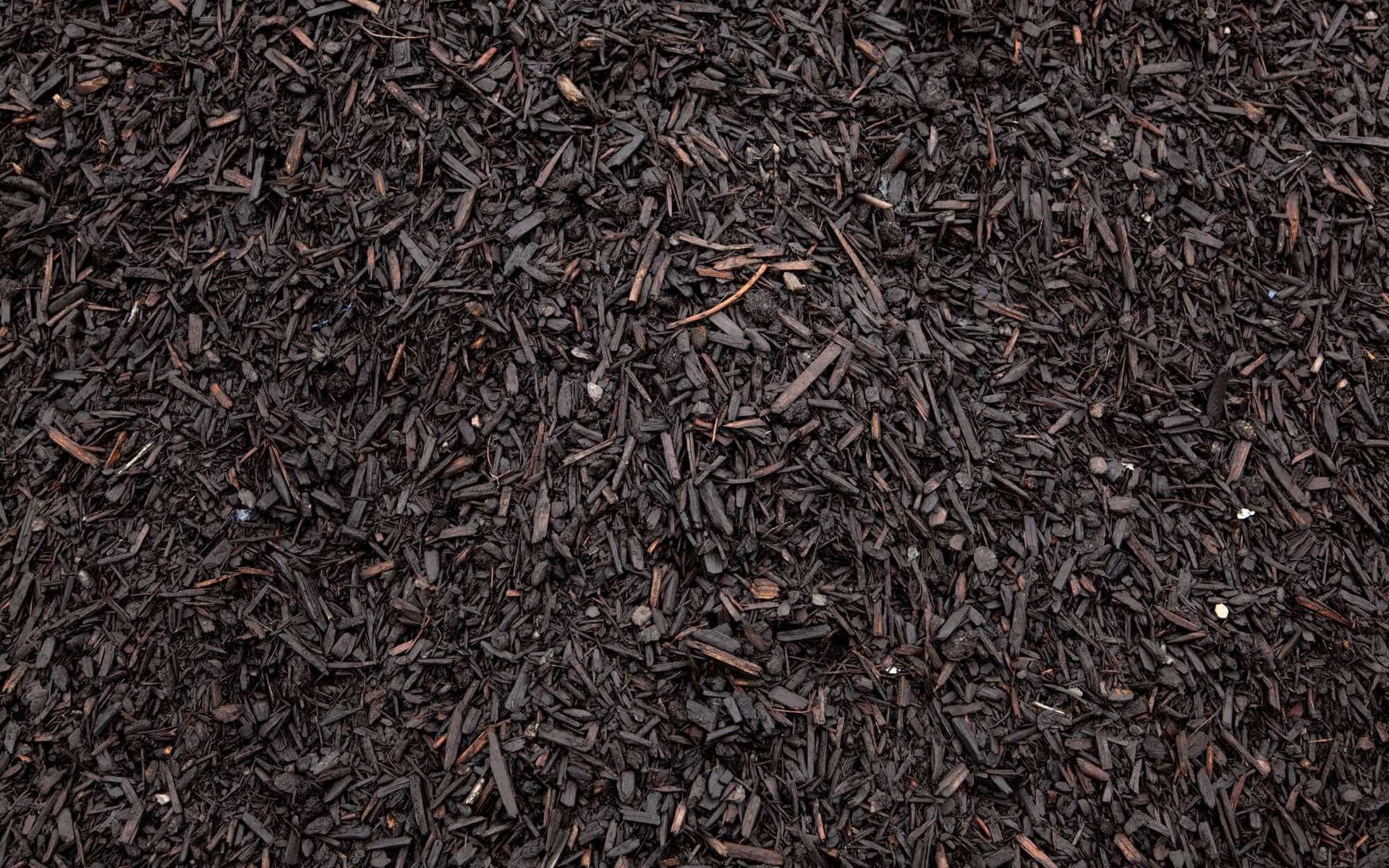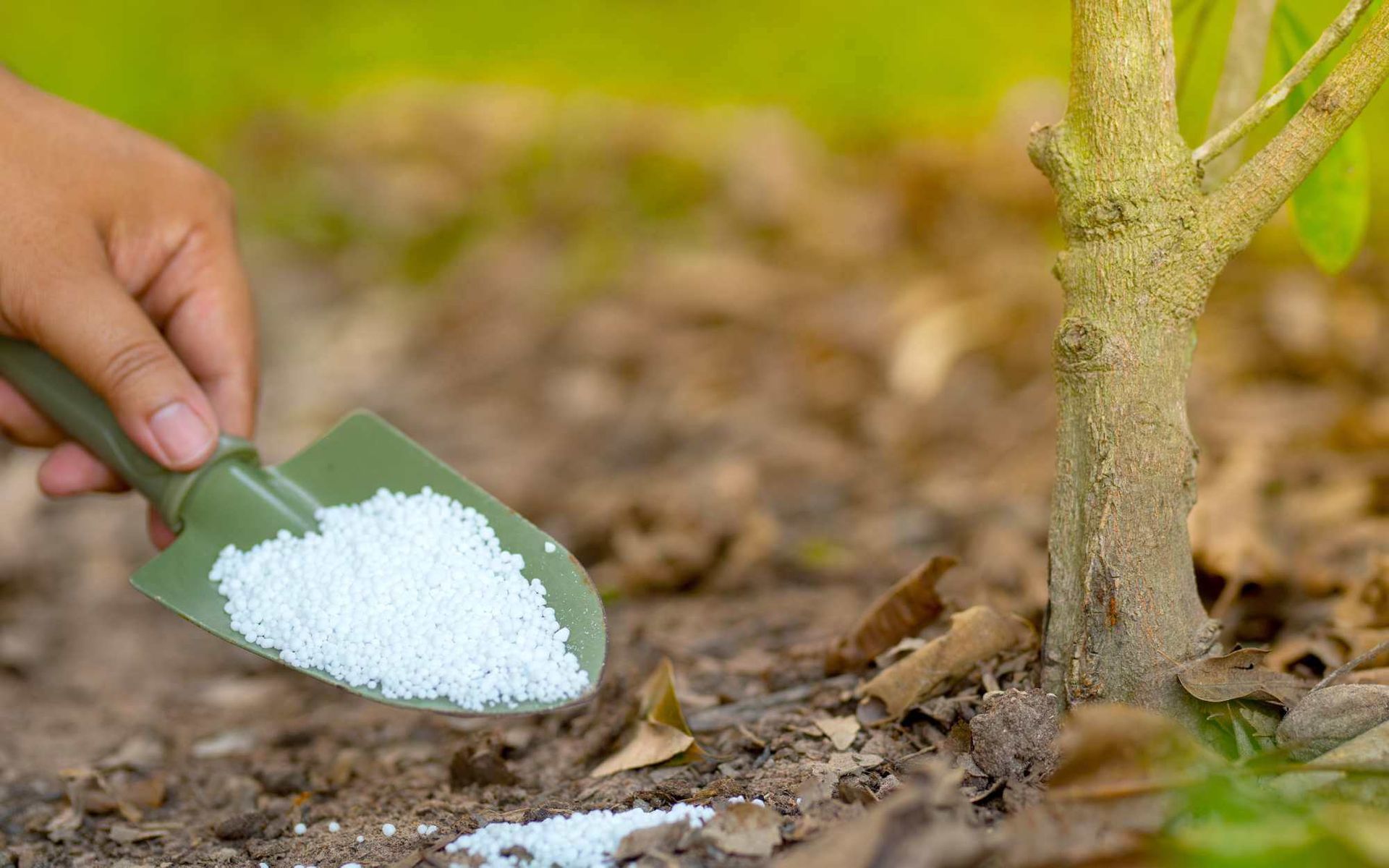Choosing Wisely: Organic vs. Inorganic Tree Fertilization
PUBLISHED ON
SHARE THIS ARTICLE

Fertilization is an essential aspect of tree care that often goes unnoticed. Just like humans, trees require specific nutrients to flourish and maintain their health.
Whether you're a seasoned gardener or a beginner, understanding the importance of tree fertilization can make all the difference in your landscape.
Fertilizers provide trees with the nutrients they lack, ensuring their healthy growth and vitality. However, with the variety of options available in the market, the choice between organic and inorganic tree fertilization becomes a crucial decision.
This blog will guide you through the benefits and drawbacks of these tree fertilization methods, helping you make an informed decision for your leafy companions.
Understanding Organic Tree Fertilization

Organic tree fertilization involves the use of materials derived from living organisms—plants, animals, and microbes—to enrich the soil around your landscape trees. Unlike their synthetic counterparts, organic fertilizers release nutrients slowly, mimicking the natural nutrient cycle of the environment.
These fertilizers improve soil structure, stimulate beneficial microbial growth, and reduce the risk of over-fertilization.
- Enhanced Soil Structure: Organic fertilizers improve the soil's capacity to retain water and nutrients, aiding in better root development.
- Microbial Activity: They stimulate the growth of soil microorganisms, which break down nutrients into forms more readily absorbed by plant roots.
- Environmentally Friendly: Organic fertilizers are biodegradable, non-toxic, and generally safer for the environment.
Examples of sustainable organic fertilizers (liquid fertilizer or granular fertilizer) include:
- Compost: Rich in nutrients and beneficial microorganisms.
- Bone meal: Excellent source of phosphorus, vital for root growth and development.
- Blood meal: High in nitrogen, which promotes healthy leaf growth.
- Fish emulsion: A balanced fertilizer that provides a wide range of nutrients.
Organic tree fertilization offers a holistic approach to tree care, benefiting both the tree and the surrounding ecosystem.
Exploring Inorganic Tree Fertilization

In stark contrast to organic fertilization, fertilizing trees with inorganic plant food (slow-release nitrogen fertilizers) employs synthetically produced compounds, often rich in nitrogen, phosphorus, and potassium.
These fertilizers, also known as chemical fertilizers, are designed to rapidly replenish nutrient deficiencies in the soil, resulting in quicker, more noticeable effects compared to their organic counterparts.
Advantages of inorganic fertilizers include:
- Effectiveness: Due to their concentrated nutrient content, inorganic fertilizers can significantly bolster tree growth and address nutrient deficiency symptoms in a shorter timeframe.
- Quick Results: The nutrients in inorganic fertilizers are readily available for uptake by newly planted trees, resulting in a swift response and healthier, greener foliage.
Despite these benefits, the use of inorganic fertilizers does come with certain disadvantages:
- Nutrient Imbalance: Overuse can lead to nutrient imbalances, potentially harming the tree and surrounding flora.
- Soil Degradation: Continuous use of chemical fertilizers can result in soil structure degradation, depleting its capacity to retain water and essential nutrients.
- Environmental Impact: Runoff from inorganic fertilizers can pollute nearby water sources, negatively impacting aquatic life.
While inorganic tree fertilization can deliver rapid results, it must be used judiciously to mitigate potential downsides.
Making an Informed Choice
Organic and inorganic fertilizers cater to different aspects of tree growth.
Organic options, being slow-releasing, enhance soil structure and microbial activity, promoting an eco-friendly approach. Conversely, inorganic fertilizers offer rapid, visible results due to their high nutrient content.
When choosing the right tree fertilizer, consider your tree's nutrient requirements, soil quality, and environmental impact. If your tree is nutrient-deficient and requires immediate results, an inorganic fertilizer may be suitable. However, for long-term health and an eco-friendly option, organic is advisable.
Remember, the right choice depends on the specific needs of your tree and its environment. Always ensure to use fertilizers responsibly to maintain the balance of your garden ecosystem. Consider soil test results and consult a professional arborist for expert advice and personalized guidance.
Organic vs. Inorganic Tree Fertilization: Have you made a choice?
Regular tree fertilization is vital for your tree's health and overall ecosystem sustainability. Whether organic or inorganic, choosing the right fertilizer has a profound impact. Consider your tree's needs, soil quality, and the environment to make an informed decision. Your conscious choices today will contribute to a greener, healthier tomorrow.
Looking for more guidance?
Feel free to reach out to our
tree care experts. Remember, your trees and shrubs are relying on you to choose wisely!
Want a free quote or some friendly advice? Call our team today:






